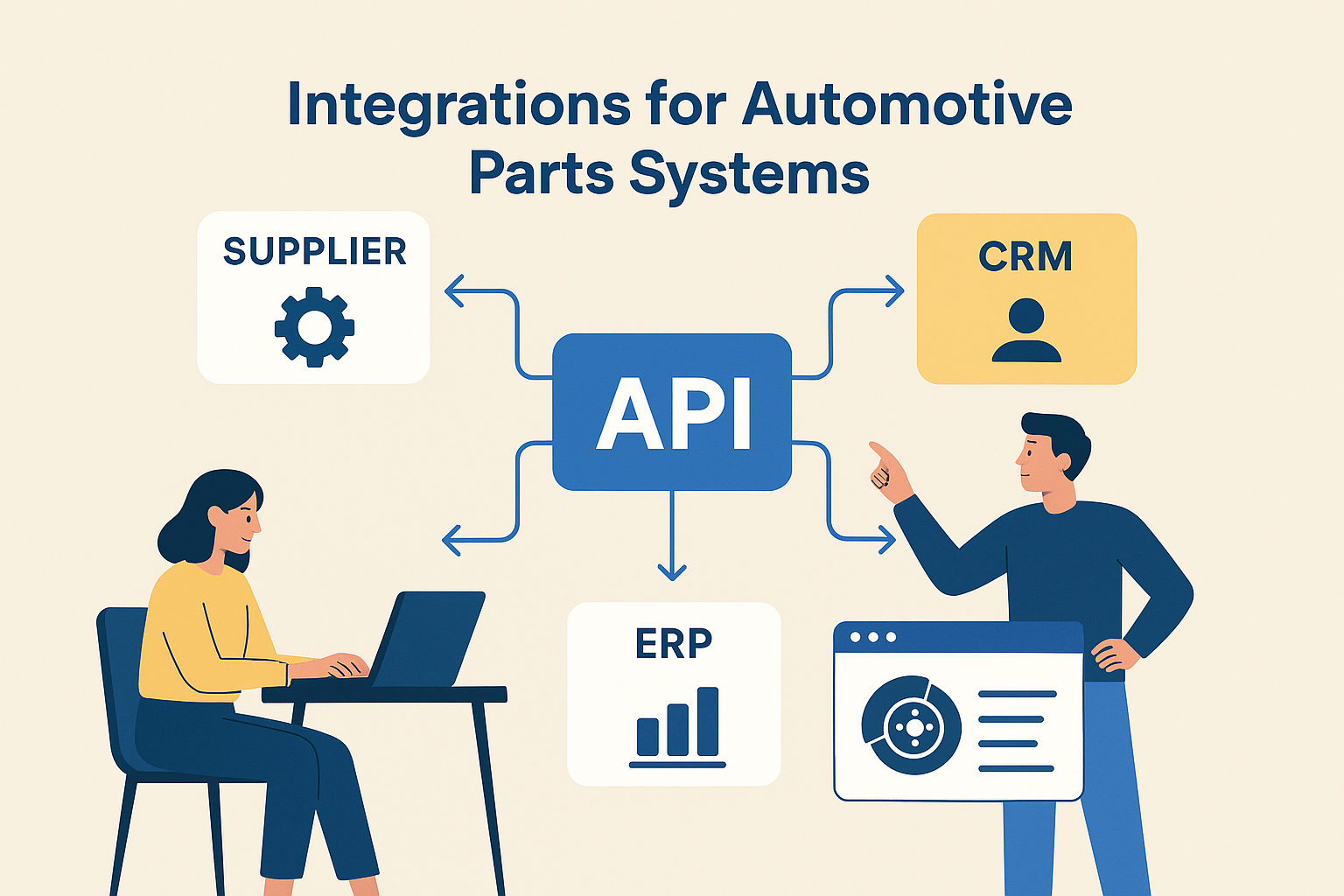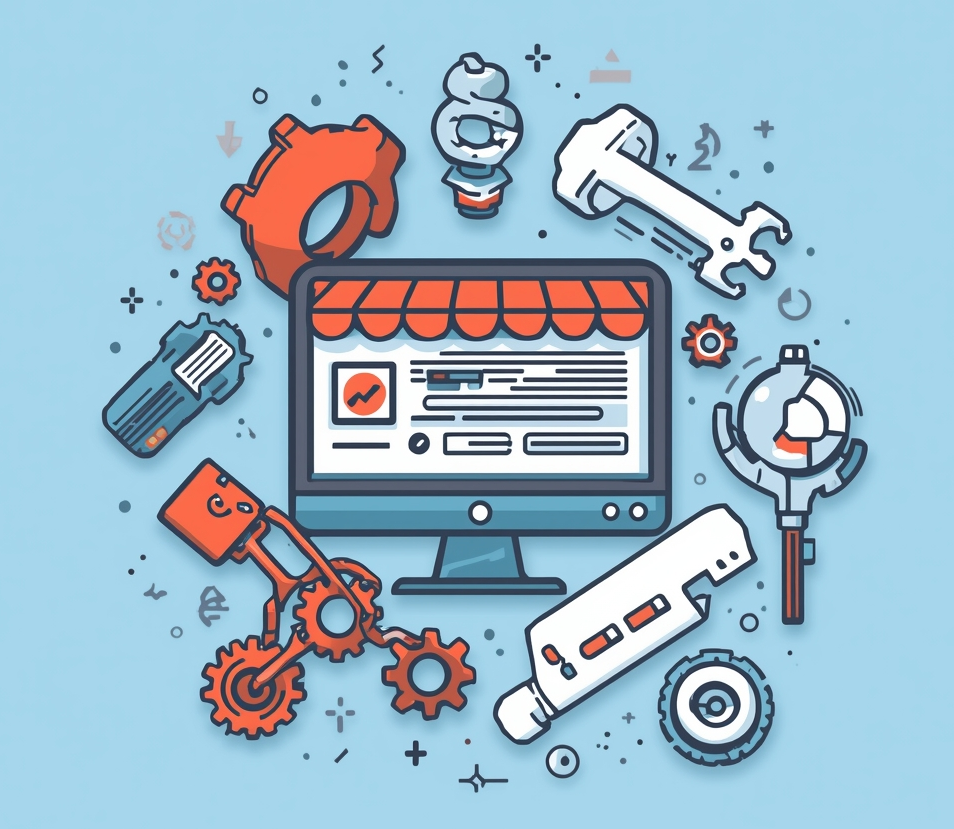How to create effective brand positioning for an auto parts store?
Master brand positioning strategy for auto parts businesses: market research, unique value proposition, customer targeting, and competitive differentiation techniques.
Brand Positioning: The Cornerstone of Auto Parts Business Success
Brand positioning is the crucial foundation that determines whether your auto parts business stands out or blends in with competitors. Through strategic positioning, you communicate your brand's unique value proposition and promises directly to your target customers, creating lasting impressions that drive business growth.
Starting Your Positioning Journey
Claiming Mental Real Estate
The first step involves securing a distinctive place in the minds of potential customers. This requires developing a unique brand image and identifying elements that will help your auto parts store stand out favorably from competitors. Effective positioning enables your target audience to quickly determine if your brand meets their specific needs and expectations.
Developing Your Brand Foundation
To build a sustainable brand concept with long-term perspective, focus on:
- Core Brand Idea - The fundamental concept driving your business
- Customer Persona Development - Detailed understanding of your ideal customers
- Brand Attributes Definition - Key characteristics that define your brand identity
- Memorable Messaging - Concise, impactful phrases that resonate instantly
Strategic Positioning Process
Phase 1: Comprehensive Market Research
- Identify potential customer segments and their needs
- Analyze competitive landscape and positioning strategies
- Understand market gaps and opportunities
Phase 2: Hypothesis Development and Creative Execution
- Formulate positioning hypotheses
- Select key brand attributes and differentiators
- Develop positioning platform alternatives
- Create visual identity and graphic representation
Phase 3: Final Brand Creation and Validation
- Test positioning concepts with target audience
- Assess audience response and brand individuality
- Refine and approve final positioning strategy
Essential Brand Positioning Principles
- Recognition and Uniqueness - Clear differentiation from competitors through distinctive identity
- Customer Need Alignment - Address both explicit and implicit customer requirements
- Fact-Based Positioning - Support claims with real, verifiable evidence to manage expectations
- Attention to Detail - Consider every touchpoint, from product presentation to sales environment
- Foundation First - Build your brand structure starting with solid positioning fundamentals
Testing Positioning Effectiveness
Validate your positioning strategy by answering:
- Does it attract your desired target customers?
- Does it effectively repel customers outside your target segment?
- Is there a clear opposite or alternative to your positioning?
- Is the messaging understandable and concrete to your audience?
- Does it provide rational benefits that resonate with customers?
Practical Application for Auto Parts Stores
Successful positioning in the automotive aftermarket requires:
- Clear price-position alignment (budget, premium, or value-focused)
- Specialization in specific vehicle types or part categories
- Unique service differentiators (expert advice, fast delivery, warranty terms)
- Target customer focus (professional mechanics vs. DIY enthusiasts)
- Geographic or niche market specialization
Effective brand positioning transforms your auto parts business from just another retailer into a distinctive, preferred choice for specific customer segments. By building on this cornerstone foundation, you create a platform for sustainable growth, customer loyalty, and competitive advantage in the crowded automotive parts market.








